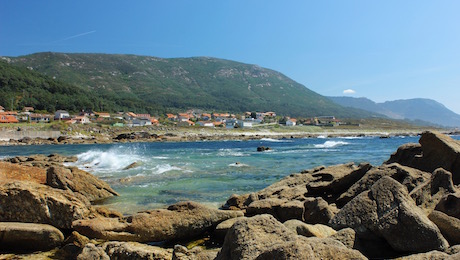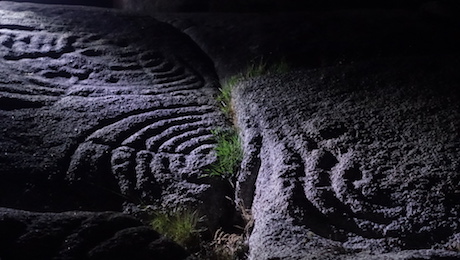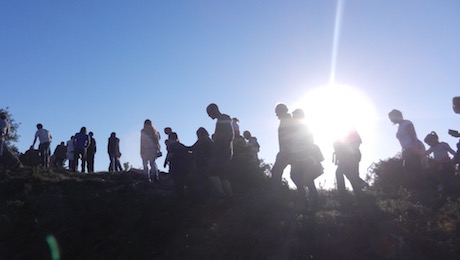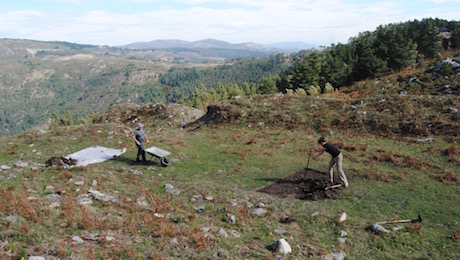Costa dos Castros is a narrow strip of coast overlooking the Atlantic. It’s choc-a-bloc with archaeology, and so much more–woods, waterfalls, wild horses, fertile land, and the immense Atlantic… No wonder people have chosen to live here for thousands of years!
Costa dos Castros lies at the southernmost end of Galicia, just above Portugal. This 7 km of coastline is home to twelve Iron Age hillforts (castros), ending at the spectacular pre-Roman city of Santa Trega in A Guarda.
Like Scotland, Ireland and Britain, Galicia is often considered a centre of Celtic culture, but research is also finding more and more evidence of the international relationships that existed long before the Romans arrived, proving that this corner of the Atlantic was a melting pot of both Celtic and Mediterranean cultures, and not an isolated community.
The unusually high density of hillforts, rock art and evidence of ancient international trade helps our understanding of how people lived thousands of years ago along the Atlantic seaboard. We may find, however, that the way of life hasn’t changed all that much!
Coast of the hillforts
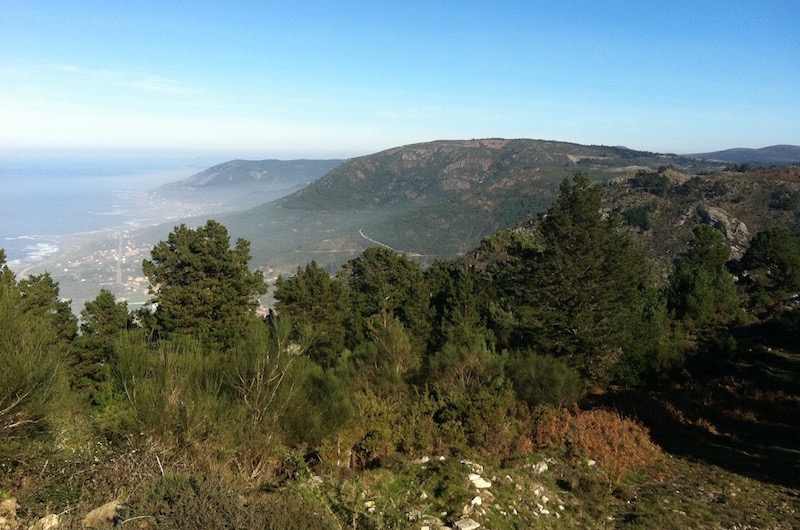
Each of the 12 castros that give Costa dos Castros its name were strategically built; three for defensive purposes on the mountaintops, and the others on the lowlands, nearer the plentiful sea and land resources.
Today the villages of Costa dos Castros also have different functions depending on their location, the surrounding landscape and local resources.
The highlands
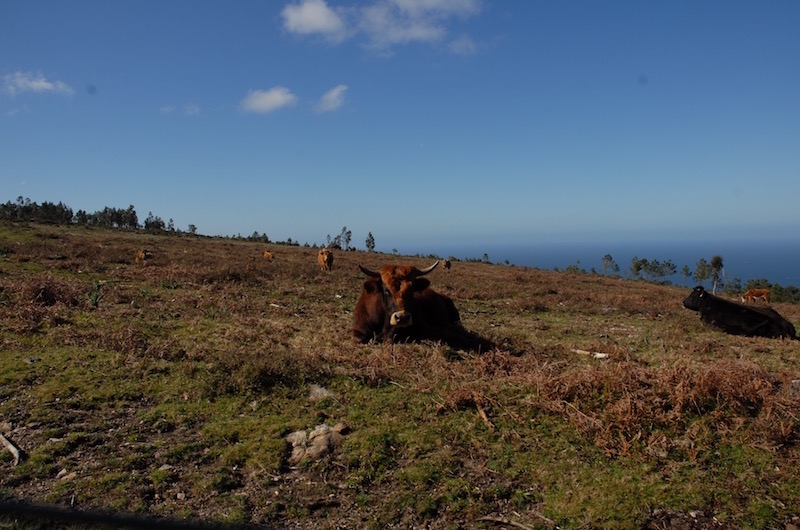
One of the area’s main sources of income is its woodland. The hill slopes are covered in trees–mainly eucalyptus and pine trees used for cheap timber, although some pockets of indigenous chestnut trees, oak and cork oaks still remain. Part of the Costa dos Castros project aims to restore the ancient woodland and promote sustainable forestry practices.
Further up on the highlands the woodland dissolves into heathland. Up here farming and animal husbandry is essential to everyday life. It is not uncommon to see the handsome local cattle breed, the cachena, grazing peacefully side by side with wild horses.
The lowlands
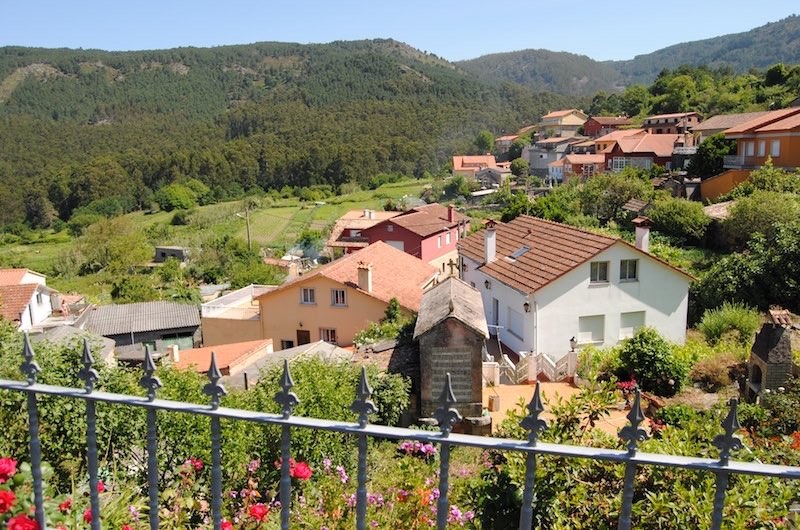
Just as the water collected at the mountaintops runs down the hills, forming waterfalls and river pools as it falls, the narrow winding roads lead down to the fertile valleys of the lowlands. Here agriculture is traditionally one of the main sources of income.
Most households have their own allotments, where the mild climate and abundance of water allows them to grow anything from brassicas and corn to avocados and gigantic pumpkins! Part of the Costa dos Castros project aims to support local producers in processing and marketing their products.
The Atlantic
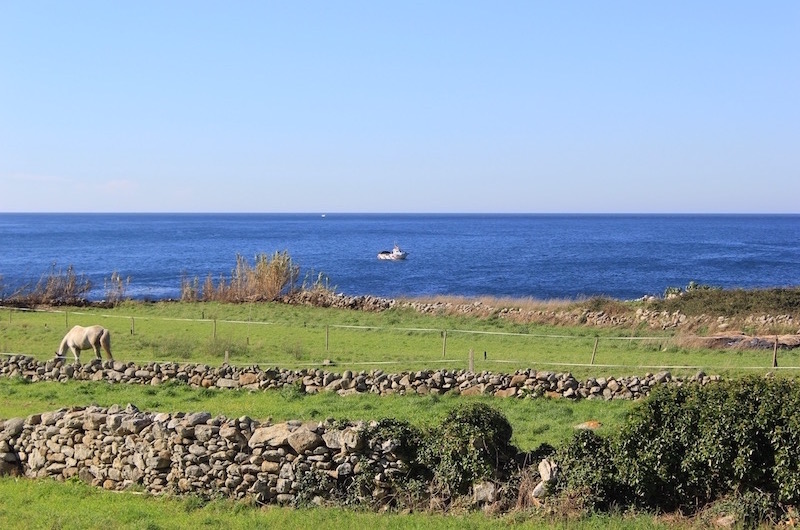
The streams that feed the fertile lowlands meet the Atlantic at the edge of Costa dos Castros. Seaweed, fish and shellfish are caught and harvested a few metres off the coastline and sold locally.
This includes the goose barnacle, a delicacy that has become an emblem of Galicia’s food culture and which every year fishermen and women risk their lives to harvest off the jagged rocks.
The Camino
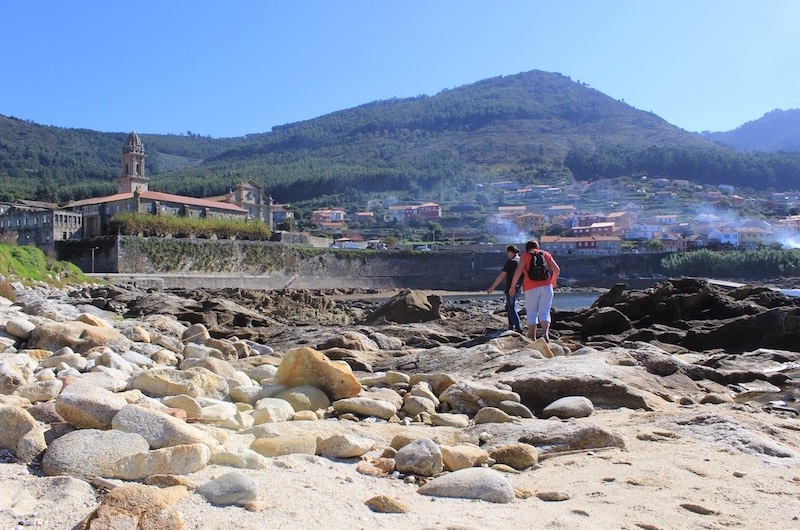
For many Spanish visitors, Galicia is a gastronomic pilgrimage, famous for its unique cuisine. Internationally, it is known as the end point of the Camino de Santiago: the network of pilgrimage routes that criss-cross Spain and Europe finishing at Galicia’s capital, Santiago de Compostela.
In fact, the Camino comes right through Oia, Costa dos Castros’ largest town and an excellent base for exploring the hillforts and rock art. It’s also where you’ll find the impressive Cistercian monastery that was the closest ever built to the sea and was used for pilgrim accommodation.
There is still much to be done to protect and enhance the heritage of Costa dos Castros, and you can help us! Support this project to empower the local community by promoting sustainable tourism, and deepen our knowledge of Atlantic Europe’s history.
